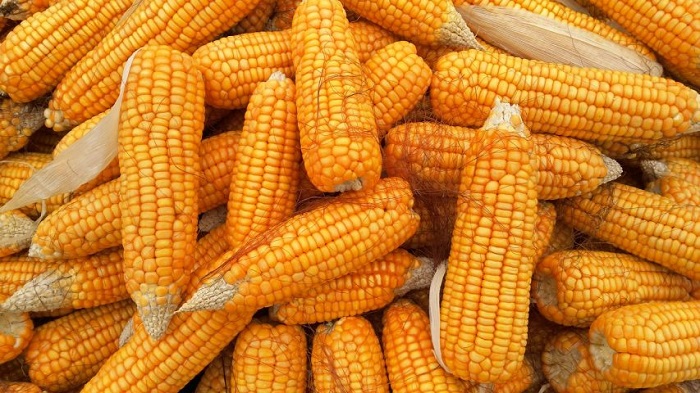GHANA’S EXPECTED maize production for 2020 was projected at 3.0 million metric tonnes; however, due to the effect of drought in the southern and middle zones of the country, production for 2020 is estimated to beat 1.8 million metric tonnes (60 per cent of the 2020 projected volumes).
Information garnered by DAILY GUIDE, which revealed this, said in the major season of the southern and middle zones of Ghana there were dry spells in March and April.
Also, in the minor season, just after seeding by most farmers, there was again another dry spell in July and August.
Similarly, in the northern zone of Ghana, there were pockets of dry spells in the six northern regions between August and September, while also the effects of floods due to the spillage from the Bagre Dam could not be overemphasized.
The northern parts of Ghana contribute about 40 per cent of total maize production and contributed 0.72 million metric tonnes in 2020.
Foreign buyers
To worsen the situation and deepening the impact of the drought on the 2020 production, foreign buyers especially from Burkina Faso, Niger and Nigeria thronged the northern part of Ghana, especially, the Upper West Region, buying and loading trucks of maize to their respective countries, this paper learnt.
This paper also learnt that the traders from Burkina Faso particularly, had been given loans by their government (through their NAFCO equivalent) for these activities in a structured manner, and with the foreign exchange advantage, they offer more competitive prices for the maize.
Therefore, controlling the activities of the Burkinabes and other foreign maize traders should be effected to ward off unpalatable effects such as a spike.
Effects
The consequences of this development is that the prices of poultry feed which is largely made from maize has shot up drastically, not forgetting the price of table eggs which has also escalated.
The price of a crate of table eggs which used to be around GH¢17 on the local market is now selling around GH¢24.
Threats
It is estimated that with the presence of the foreign buyers, more than 50 per cent (0.36 million metric tonnes of the crop in northern Ghana, which would have augmented the food security situation, will be lost.
Therefore, only 1.44 million metric tonnes of maize is estimated to be available for domestic consumption, and this is below Ghana’s estimated domestic maize consumption of about 1.8 million metric tonnes.
The Ministry of Food and Agriculture is expected to take early steps to intensify the 2021 planting activities to augment the impact of the deficit.
BY Samuel Boadi


